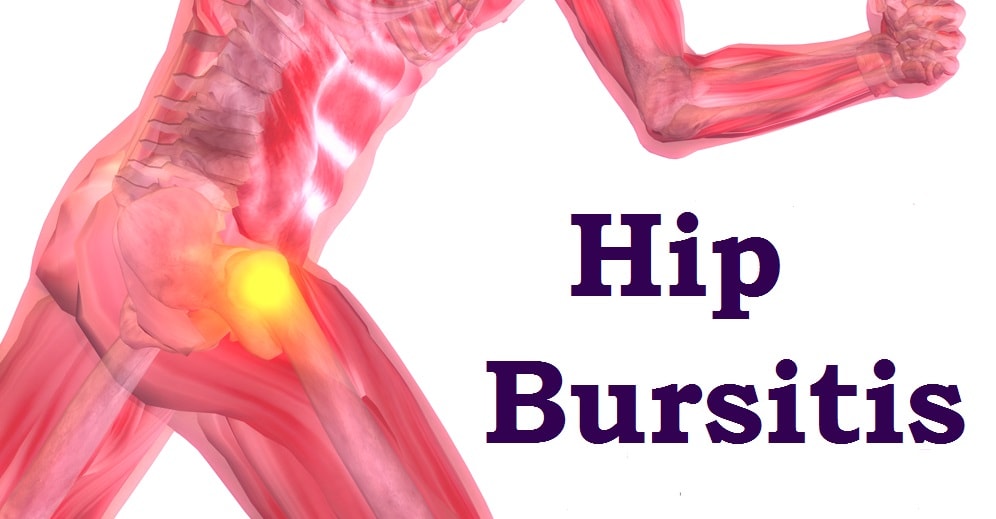Bursitis: Common Symptoms, Diagnosis & Non-Invasive Treatment Strategies. Have A Question? Speak To A Therapist Today. Call (24/7): 1300-003-777.
Bursitis is the inflammation of a fluid-filled sac called a ‘Bursa.’ There are many bursa located around body between bones, muscles and tendons. They’re designed to reduce friction between surfaces. Bursitis is often caused by repetitive movement or traumatic injuries. The risk of developing Bursitis increases as we get older due to loss of elastic properties in tendons. Activities such as gardening, raking, carpentry, shoveling, painting, scrubbing, tennis, golf, skiing, throwing, and pitching significantly increase the risk of developing the condition. Chiropractors regularly see people suffer from Bursitis due to poor posture. Stress or inflammation from other conditions such as rheumatoid arthritis, gout, psoriatic arthritis, thyroid disorders, or unusual medication reactions may also increase a person’s risk.
Symptoms Of Bursitis
The most common clinical symptom of Bursitis is a deep aching or burning pain in the affected region. The pain may progressively worsen or be sudden and severe in onset. People usually report a significant difficulty in using the affected limb during usual activities of daily living.
How Is It Diagnosed?
Bursitis is detected as there is a tender, warm swelling at the site of a bursa. It’s important for you practitioner or health care professional to rule out other possible differential diagnoses before commencing treatment.
- Review of medical history as well as various injury specifics such as mechanism of injury, location of pain, quality of pain, aggravating and relieving factors.
- Physical examination including palpation, muscle testing, range of motion assessment as well as various injury specific orthopaedic and neurological tests if required.
- Referral for imaging may be clinically indicated. These imaging studies may include X-ray, Ultrasound, MRI or CT.
Bursitis Treatment Strategies
Bursitis can be a difficult and persistent problem to treat. While this is the case there are various methods which are recommended:
- Avoiding activities that aggravate the problem.
- Resting the injured area to assist with reducing inflammation, pain and improving general function. It’s important to note that complete rest will ultimately lead to muscle atrophy so this is not recommended long term.
- Other anti-inflammatory measures such as ice/heat application to the injured area, anti-inflammatory medication as prescribed by your general practitioner as well as dietary or nutritional changes.
If after completing the above steps you see no improvement in your condition it’s recommended that you seek appropriate attention from your family physician or musculoskeletal therapist. Hands on therapy is largely the same for all Bursitis injuries however may slightly differ due to the region of body effected (i.e subacromial bursitis, olecranon bursitis, trochanteric bursitis, retromalleolar tendon bursitis, posterior achilles tendon bursitis).
Chiropractic & Physiotherapy
Corticosteroid Injections
Your doctor may prescribe medication to reduce inflammation in the Bursa. Corticosteroids are often used because they work quickly to decrease inflammation and pain. Steroids may be injected directly into the injured Bursa.
Surgery
Surgical intervention may be warranted if all other treatment methods have been exhausted and deemed unhelpful. It’s recommended that you discuss various surgical intervention options with your general practitioner.
Chiropractor Bursitis Research
- Trochanteric bursitis is quite a common cause of general hip pain & discomfort. Conservative management such as Chiropractic treatment is warranted before more invasive therapies are considered. Gerber, J.M (1994). Conservative treatment of calcific trochanteric bursitis. Journal of Manipulative & Physiological Therapeutics, 17(4); 250 – 252.
- Cases of calcific trochanteric bursitis respond favourably to non-invasive modalities such as Physiotherapy & Chiropractic management that incorporates high dosed pulsed ultrasound therapy. Wiener, K (2002). Calcific trochanteric bursitis: resolution of calcifications and clinical remission with non-invasive treatment. A case report. Journal Article, 114(8-9); 345 – 348.

Additional Information
If you wish to continue your reading about Bursitis please click here.
